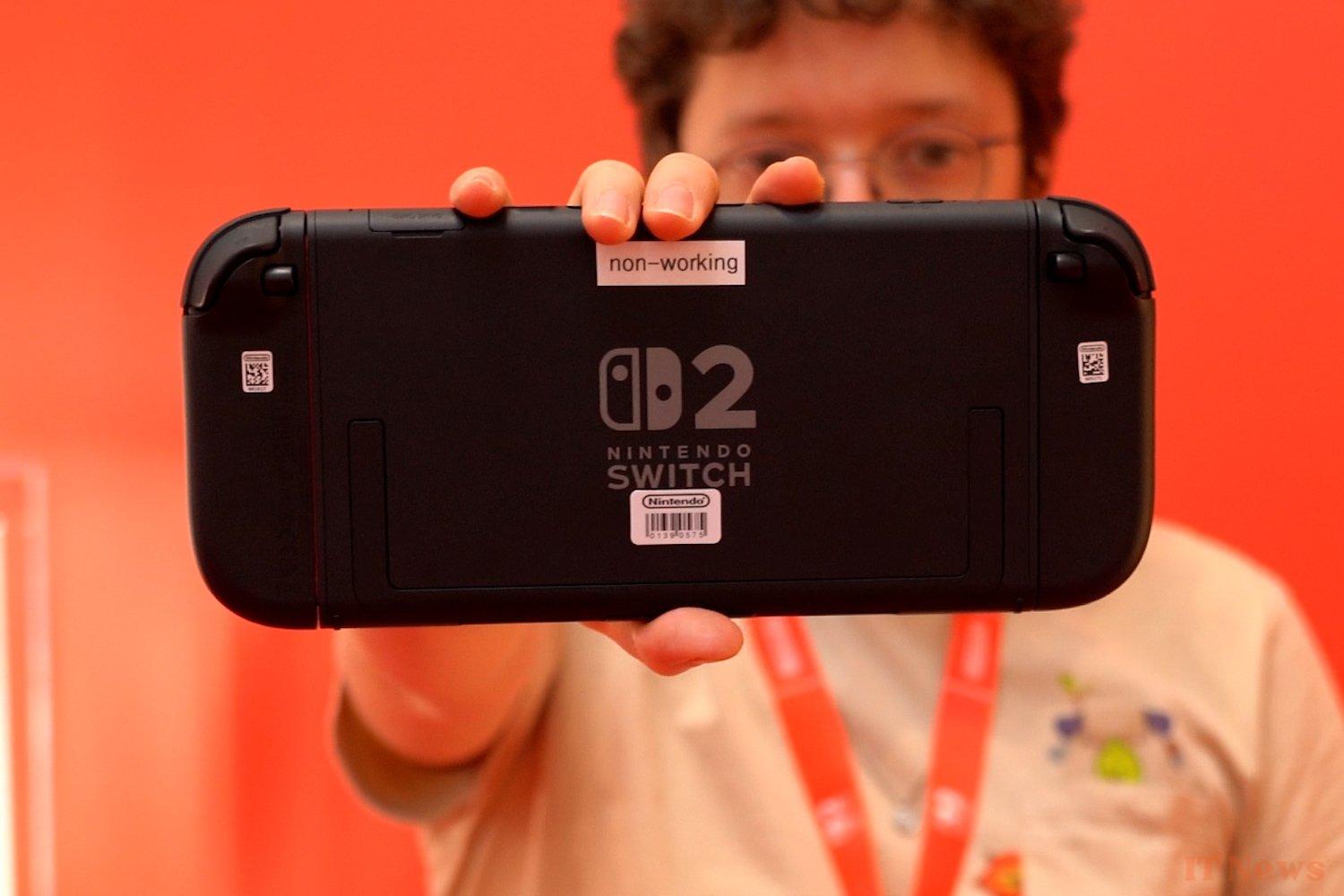In revealing the technical specifications of its Switch 2, Nintendo was tight-lipped about the processor integrated into the device, simply confirming that its new portable console features an Nvidia chip. It is currently impossible to know exactly what the characteristics of this processor are; it is assumed that it is an evolution of the Tegra X1 of the first Switch, but its graphics features remain unclear. During a round table discussion that 01net was able to attend, Nintendo did, however, confirm: that its console was capable of using DLSS, without specifying the exact version or whether it was a customized version adapted for the Switch 2, and could offer ray tracing rendering according to the wishes of game developers.
The Ampere architecture probably at the helm
In fact, this still allows for the possibilities in terms of graphics solutions used by the Switch 2 to be narrowed down: only Turing architectures (that of Nvidia's GeForce RTX 20 Series), Ampere and more recent architectures support both DLSS and ray tracing. Nintendo, however, has not mentioned any image generation technology, so we can exclude the use of a graphics solution based on the Ada Lovelace architecture of the GeForce RTX 40 Series.
Taking into account Nintendo's development cycles and the GPU architectures available at the time of deciding on the technological characteristics of the Switch 2, a graphics solution derived from the Ampere architecture of the GeForce RTX 30 Series is therefore the most plausible. The good news is that the new Transformers upgrade model The AI-assisted scaling that DLSS uses instead of the classic convolutional neural network (CNN) used until now is compatible with this graphics architecture. We can therefore assume that the Switch 2 will also be able to use it and benefit from its improved image quality.
This is in any case consistent with the persistent rumors that indicate that Nintendo is using a Tegra T239 SoC (System-on-Chip) – a lightweight version of the Tegra T234 processor used in robotics – to run its Switch 2. A priori composed of 8 Cortex-A78C CPU cores and an Ampere graphics engine with 1536 CUDA cores, the characteristics of this chip in any case perfectly match the little information communicated for the moment by Nintendo.



0 Comments